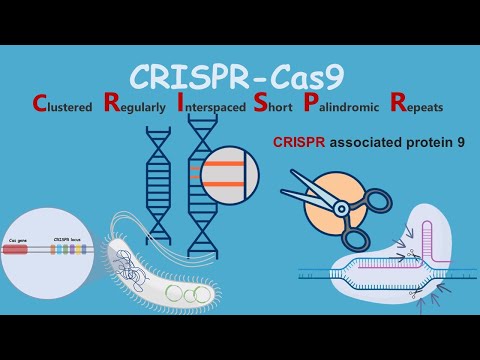Genetic editing has transformed science in ways once thought impossible. From altering DNA to editing human embryos, this technology has stirred up intense debates. People are curious and concerned about its impact on health, society, and nature.
This article highlights 15 of the most controversial genetic editing experiments. It sheds light on why these experiments sparked such fierce debates. By understanding these experiments, we can better grasp the complex world of genetic editing.
Top 15 Controversial Genetic Editing Experiments (Short Details)
- CRISPR Technology: CRISPR is a precise tool for editing DNA, opening new frontiers in genetics while sparking ethical debates.
- CRISPR Babies Experiment: He Jiankui’s experiment on CRISPR-edited babies raised serious global ethical concerns.
- Human Embryo Editing in the U.K.: The U.K.’s legal research on human embryos explored gene editing’s potential, stirring controversy.
- Pig-to-Human Transplants: Scientists modify pigs for organ transplants to address shortages, but ethical concerns remain.
- De-Extinction Projects: Genetic editing is being used to bring back extinct species like the woolly mammoth.
- CRISPR in Cancer Research: Trials use CRISPR to treat cancer, but concerns about unintended genetic changes persist.
- GMO Controversies in Agriculture: Genetic editing in crops boosts yields but raises health and environmental concerns.
- Human Germline Editing: Germline editing alters genes passed to future generations, sparking ethical and legal dilemmas.
- CRISPR in Environmental Conservation: Genetic rescue using CRISPR could save endangered species but risks ecosystem disruption.
- CRISPR Mosquitoes for Disease Control: Gene-edited mosquitoes aim to curb disease but raise environmental concerns.
- Editing Human Intelligence: Genetic editing could enhance cognitive abilities but poses ethical risks.
- Supercharged Livestock: Genetic modifications in livestock aim to boost production but raise animal welfare concerns.
- Big Pharma and Genetic Editing: Pharmaceutical companies invest in genetic editing, raising concerns about commercialization.
- Personalized Medicine with Genetic Editing: Tailoring treatments with gene editing offers promise but faces privacy and ethical issues.
- The Future of Genetic Editing: Genetic editing’s future promises medical breakthroughs but raises societal and ethical questions.
1. The Dawn of Genetic Editing: Understanding CRISPR Technology
CRISPR-Cas9 is a tool that lets scientists edit DNA with high precision. It was discovered in bacteria and quickly became a game-changer. Researchers use it to study genes and explore potential treatments for various diseases.
This technology has opened doors to many possibilities. But it also raises serious ethical questions. People worry about how it might be used and the long-term effects on the human genome.
Many believe CRISPR could lead to “designer babies.” This means parents might pick traits for their children. Critics argue this could create social divides. It’s a hot topic that keeps the scientific community talking.
Read more: What are genome editing and CRISPR-Cas9?
2. The First CRISPR Babies: He Jiankui’s Experiment

In 2018, He Jiankui announced the birth of the first CRISPR-edited babies. He altered the genes of twin girls to make them resistant to HIV. This revelation shocked the world.
Many condemned the experiment as reckless. The scientific community argued that it crossed ethical boundaries. They feared the long-term impact on the twins’ health and the human gene pool.
The Chinese government punished He Jiankui for his actions. He was sentenced to prison and barred from scientific research. His experiment remains a cautionary tale of how not to use genetic editing.
3. Editing Human Embryos: The U.K. Experiment
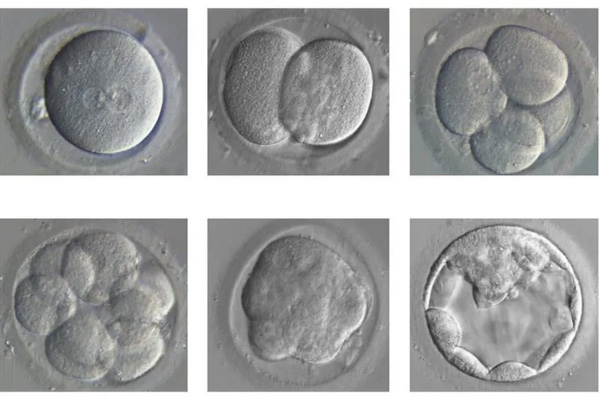
In 2016, the U.K. approved the first gene-editing research on human embryos. Scientists aimed to understand early development and improve fertility treatments. The study used CRISPR to edit embryos but did not intend to create a pregnancy.
The experiment raised ethical concerns about editing human life. Critics worried it could lead to designer babies in the future. Supporters argued it was essential for scientific progress and medical advancements.
This experiment was tightly regulated. It highlighted the different global views on genetic editing. The U.K.’s approach contrasted sharply with other countries that ban such research.
Read More: Top 15 Facts About the Ethical Implications of Deepfake Technology
4. Pig-to-Human Organ Transplants: Genetic Modifications in Xenotransplantation
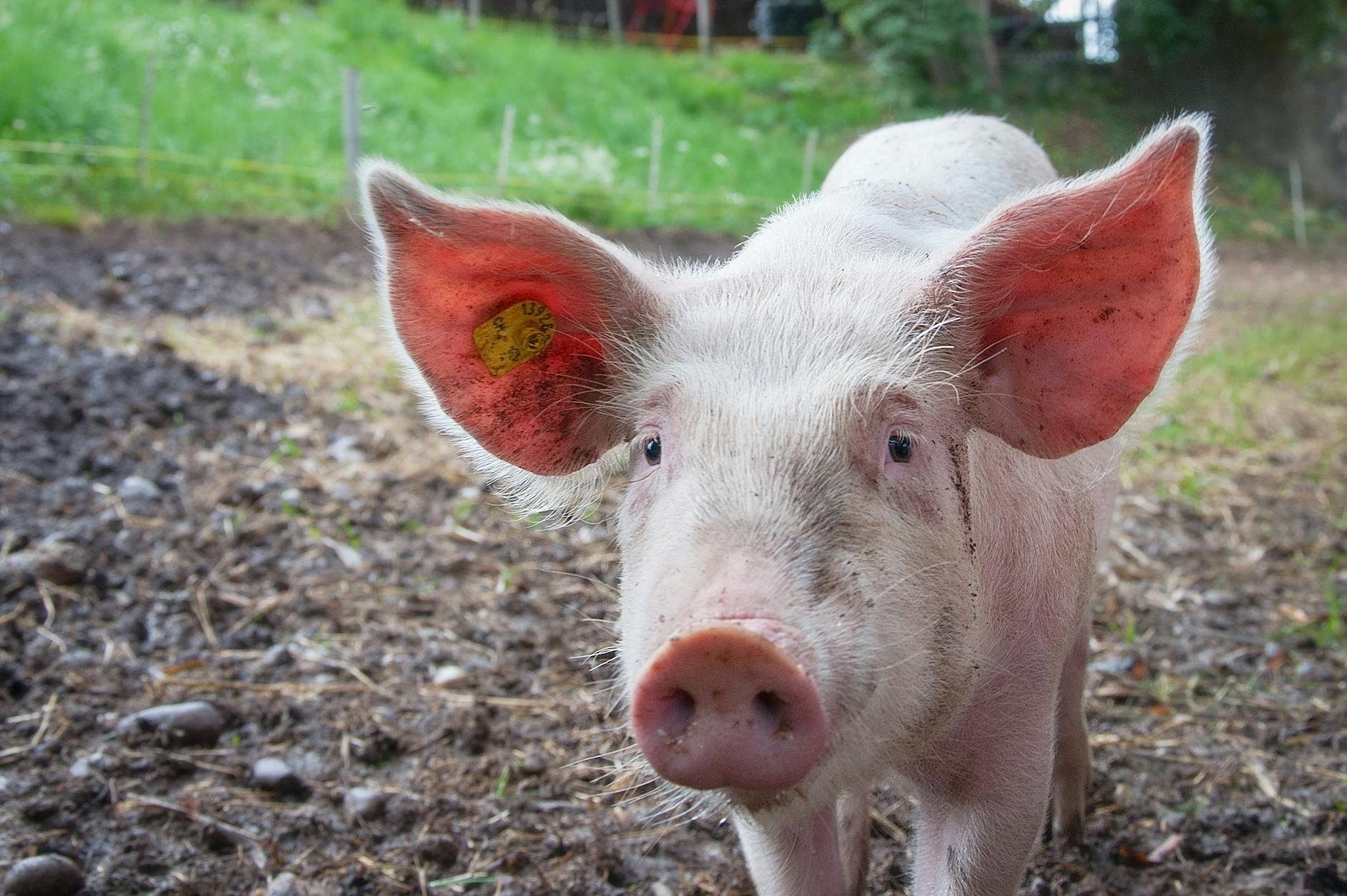
Scientists have modified pigs’ genes to use their organs in human transplants. This approach could solve the problem of organ shortages. Pigs are altered to reduce the risk of rejection by the human body.
This idea sounds promising, but it’s not without controversy. There are concerns about viruses crossing from pigs to humans. Also, some argue it’s unethical to use animals in this way.
Despite these issues, research continues. Scientists hope to make xenotransplantation a reality soon. The benefits could be life-saving if the challenges can be managed.
5. De-Extinction Projects: Reviving the Woolly Mammoth
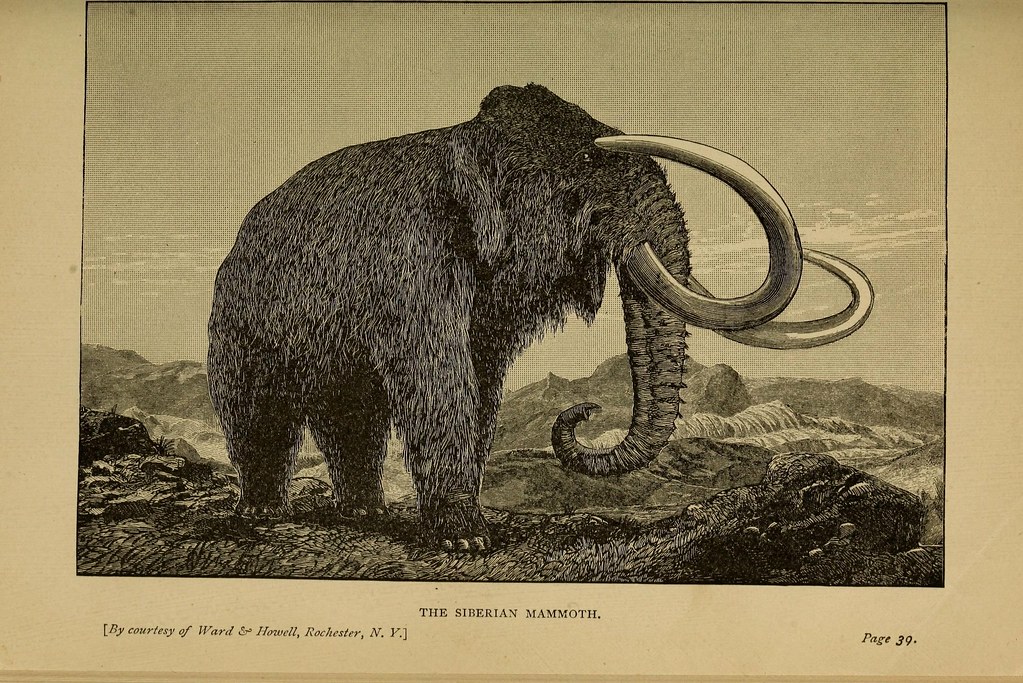
Bringing back extinct species like the woolly mammoth is no longer science fiction. Researchers are using genetic editing to revive these ancient animals. They hope to reintroduce them into their old habitats.
This raises many questions. What happens if these species can’t adapt to the modern world? There are also fears about disrupting current ecosystems. Critics say we should focus on saving endangered species instead.
Supporters argue these projects could boost conservation efforts. De-extinction could help restore ecosystems that lost key species. It’s a debate that challenges our views on nature and technology.
Read more: Genome Editing Techniques: The Tools That Enable Scientists to Alter the Genetic Code
6. CRISPR and Cancer Research: Controversies in Human Trials

CRISPR is being tested as a cancer treatment in human trials. Researchers hope to edit immune cells to better fight cancer. Early results show promise, but there are significant risks involved.
The main concern is unintended genetic changes. These could lead to severe side effects or new health problems. There’s also the challenge of ensuring the edited cells attack only cancer cells.
Despite these concerns, research continues. If successful, it could revolutionize cancer treatment. Many see this as one of the most exciting uses of genetic editing.
7. Genetic Editing in Agriculture: GMO Controversies

CRISPR is not just for humans. It’s also being used to create genetically modified crops. These crops can resist pests, grow faster, and produce more food. However, they are highly controversial.
Many people worry about the safety of GMOs. There are fears about their long-term impact on health and the environment. Some argue that they harm biodiversity and promote corporate control over food.
Supporters say GMOs can help feed a growing world population. They believe these crops are safe and beneficial. The debate continues as more countries adopt or reject GMO crops.
8. Editing the Human Germline: Ethical and Legal Dilemmas
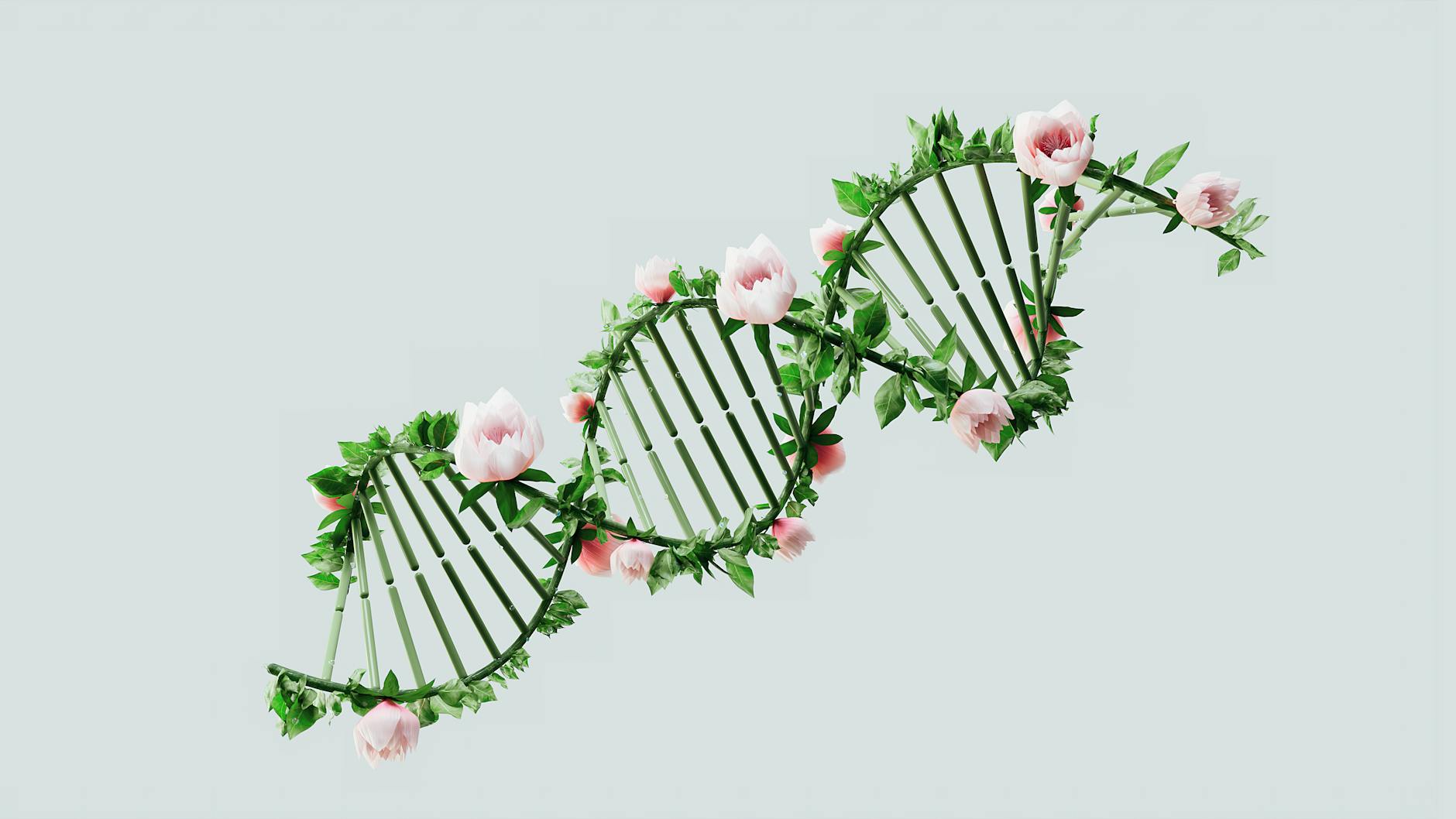
Editing the human germline means changing genes that are passed to future generations. This could prevent genetic diseases but also opens a Pandora’s box. It’s one of the most debated topics in genetics.
Many fear it could lead to “designer babies” with chosen traits. Others worry about unknown side effects that could harm future generations. Different countries have different laws about germline editing.
Most agree that strict regulations are needed. There’s a fine line between curing diseases and altering human evolution. The debate is far from over.
Read More: 15 Most Influential Scientists of All Time
9. CRISPR in Environmental Conservation: Genetic Rescue
CRISPR is also being used to protect endangered species. Scientists hope to save coral reefs and other threatened species through genetic rescue. This involves editing genes to help them adapt to changing environments.
This approach is controversial. Some worry it could have unintended effects on ecosystems. There are also concerns about the ethical implications of altering wild species.
Despite these concerns, many see genetic rescue as a valuable tool. It could help save species that are on the brink of extinction. The potential benefits make it a topic worth exploring.
Read more: 10 ways CRISPR will revolutionize environmental science
10. The CRISPR Mosquito: Controversies in Disease Control
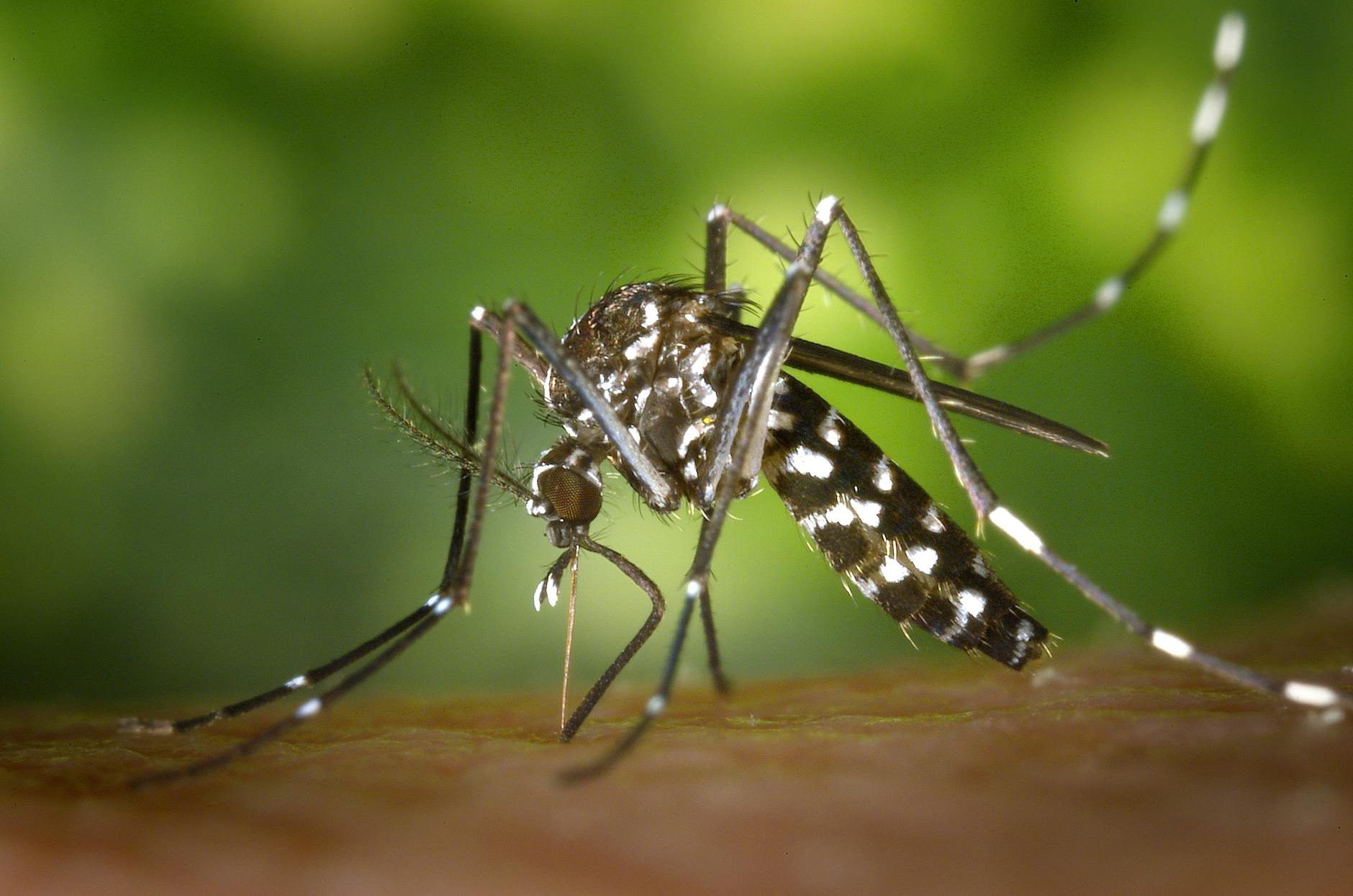
Scientists have used CRISPR to modify mosquitoes. The goal is to reduce the spread of diseases like malaria and Zika. These modified mosquitoes are designed to die out over time, reducing the population.
This approach has sparked debates. People worry about the impact on ecosystems. There’s also the fear of unintended consequences if the gene spreads to other species.
Despite the concerns, trials are ongoing. If successful, it could be a powerful tool in disease control. The stakes are high, but so are the potential rewards.
11. Genetic Editing and Human Intelligence: Enhancing Cognitive Abilities
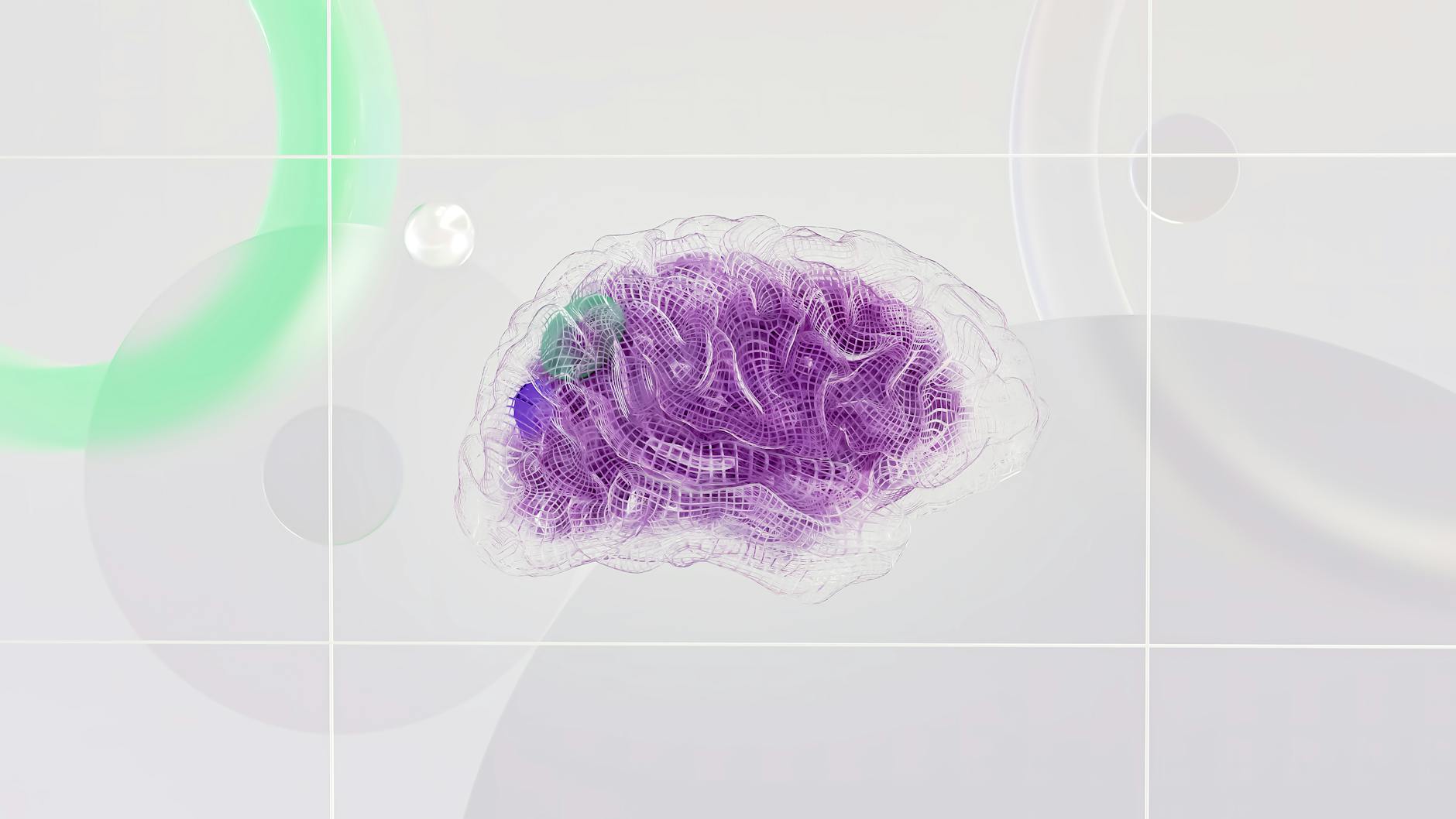
Some researchers are exploring ways to enhance human intelligence through genetics. This could involve editing genes linked to cognitive abilities. The idea is to boost memory, learning, and other mental skills.
This concept is highly controversial. Many worry it could lead to a society divided by genetic enhancements. There are also concerns about the ethics of altering the human brain.
Most scientists agree this research is in its early stages. There are many hurdles to clear before it becomes a reality. For now, it remains a topic of intense debate.
Read More: Top 15 Fun Facts About the Human Brain You Didn’t Know
12. The Ethics of Animal Genetic Editing: Supercharged Livestock
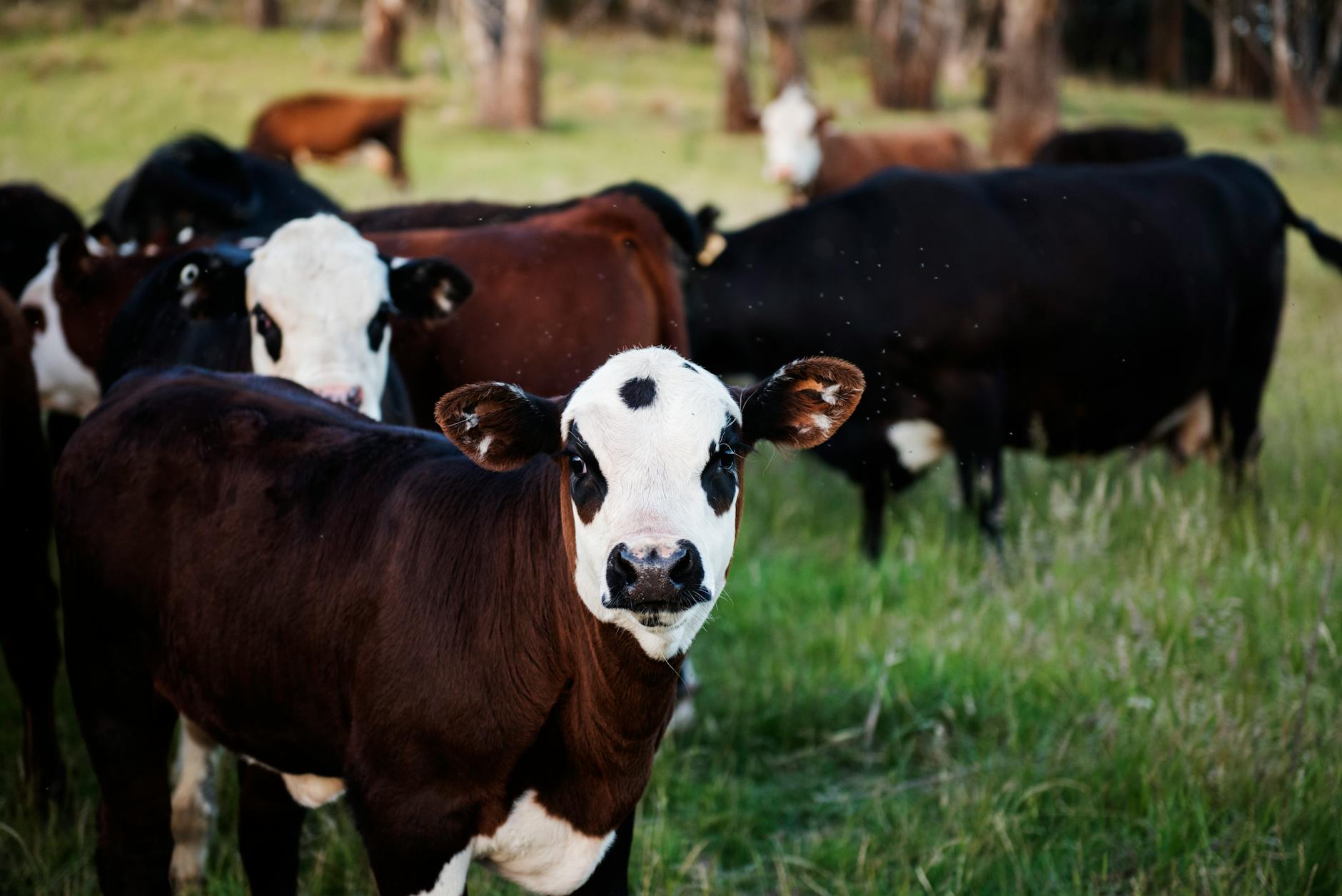
Genetic editing is being used to create livestock that grow faster and resist disease. This could increase food production and reduce costs. However, it raises serious ethical questions about animal welfare.
Critics argue that these modifications can cause suffering. There are also concerns about the long-term effects on animal health. Some worry it’s a step toward treating animals as mere products.
Supporters believe it’s a solution to global food shortages. They argue that genetic editing can make farming more sustainable. The debate reflects broader concerns about the role of technology in food production.
13. The Role of Big Pharma: Commercializing Genetic Editing
Big pharmaceutical companies are investing heavily in genetic editing. They see it as a potential goldmine for new treatments. This has led to concerns about the commercialization of genetic technology.
Critics fear that profits will come before ethics. They worry that only the wealthy will benefit from new treatments. There’s also concern about the cost and accessibility of genetic therapies.
Despite these worries, investment is growing. Many hope it will lead to breakthroughs in medicine. It’s a complex issue that involves science, business, and ethics.
14. Genetic Editing for Personalized Medicine: Potential and Pitfalls
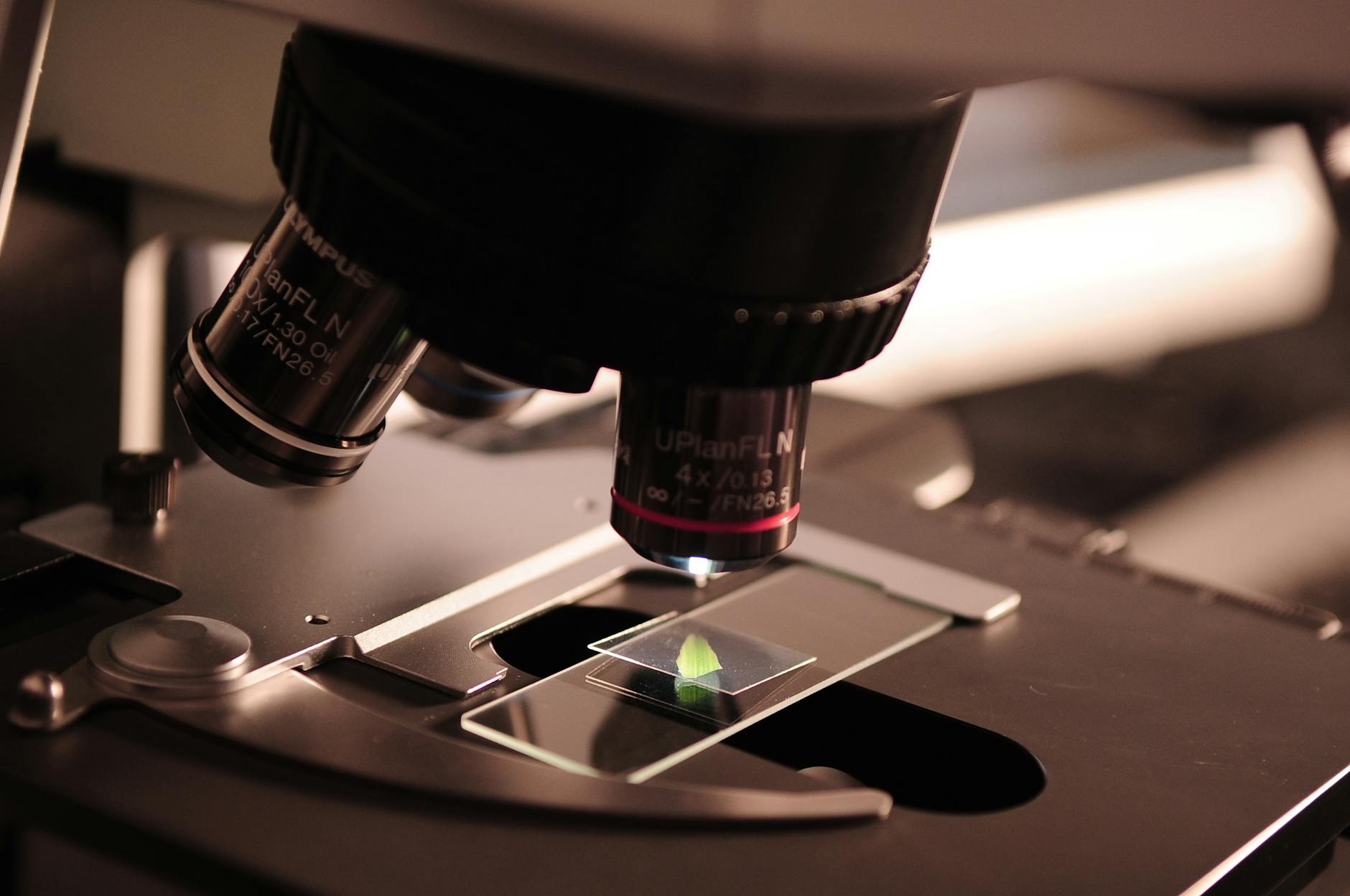
Personalized medicine uses genetic editing to modify treatments to individuals. It could make treatments more effective and reduce side effects. This approach has the potential to change healthcare.
However, there are risks involved. Editing genes could cause unexpected problems. There are also concerns about data privacy and genetic discrimination.
Despite the challenges, many believe personalized medicine is the future. It offers hope for better, more precise treatments. But it’s still a field in development.
15. The Future of Genetic Editing: Hopes and Fears
The future of genetic editing is full of possibilities. It could lead to cures for diseases and new ways to improve health. But it also raises many ethical and social questions.
There are concerns about how this technology will be used. People worry about its impact on society and human rights. There’s also fear that genetic editing could be misused.
The debate over genetic editing will continue. It’s a powerful tool that must be used carefully. The choices we make today will shape the future of science and society.
Read more: 5 ways CRISPR gene editing is shaping the future of food and health
Final note:
Genetic editing offers incredible possibilities but also serious challenges. These experiments push the boundaries of science and ethics. They make us rethink what is possible and what should be done.
The controversies highlight the need for caution. As we explore genetic editing, it’s vital to consider the long-term impact. Responsible research and thoughtful debate are essential for moving forward.
15 FAQs (Frequently Asked Questions):
-
What is CRISPR technology?
CRISPR is a powerful tool that allows scientists to edit DNA with high precision, enabling advances in genetics and medicine.
-
What were the ethical concerns with the CRISPR babies’ experiment?
The CRISPR babies experiment raised concerns about the long-term health impacts and the ethical implications of editing human embryos.
-
Why is editing human embryos controversial?
Editing human embryos is controversial because it could lead to unintended consequences and ethical issues related to human genetic modification.
-
How are pig organs being modified for human transplants?
Scientists are editing pig genes to reduce organ rejection in humans, potentially solving the organ shortage problem.
-
What is de-extinction, and how does it work?
De-extinction involves using genetic editing to revive extinct species, such as the woolly mammoth, by inserting ancient DNA into living relatives.
-
Can CRISPR cure cancer?
CRISPR is being tested in cancer treatments by editing immune cells to better fight tumours, but its safety and efficacy are still under study.
-
Are genetically modified crops safe to eat?
GMOs are considered safe by many experts, but they remain controversial due to concerns about long-term health and environmental effects.
-
What is human germline editing?
Human germline editing involves altering genes that are passed on to future generations, raising ethical and safety concerns.
-
How can genetic editing help endangered species?
Genetic editing can help endangered species adapt to changing environments through genetic rescue, but it must be used cautiously.
-
What are gene-edited mosquitoes?
Gene-edited mosquitoes are designed to reduce populations of disease-carrying species, potentially curbing the spread of malaria and Zika.
-
Is it possible to enhance intelligence through genetic editing?
Research is exploring this possibility, but ethical concerns and technical challenges make it highly controversial.
-
How are animals genetically modified in agriculture?
Genetic editing in livestock aims to enhance growth and disease resistance, but it raises concerns about animal welfare and food safety.
-
Why is big pharma investing in genetic editing?
Pharmaceutical companies see genetic editing as a promising field for developing new treatments and therapies, despite ethical concerns.
-
What is personalized medicine, and how does genetic editing fit in?
Personalized medicine tailors treatments to individual genetics, and genetic editing could make it more precise and effective.
-
What are the future prospects of genetic editing?
Genetic editing could revolutionize medicine and agriculture, but it also poses ethical, legal, and social challenges that must be addressed.

